Our bodies are delicate and can get damaged very easily. The main problem is that body parts do not grow back like trees do and if we lose a limb and cannot do much about it. Now scientists are working to create replacement for our body parts, which work almost the same way as does the original ones. Let us look at some of them here.
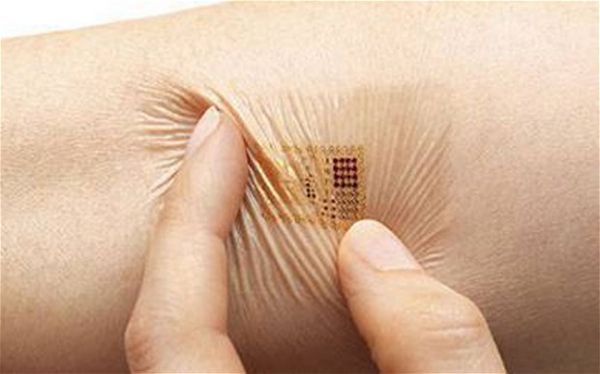
Electronic Skin:
Skin works like the first layer of protection against injuries and is easily prone to damage. Scientists have developed material, which can be used as synthetic skin in future. It uses organic transistors to provide better touch sensitivity and has a layer of elastic to prevent damage while being stretched. In addition to it, the synthetic skin will be self-powered by using solar cells.
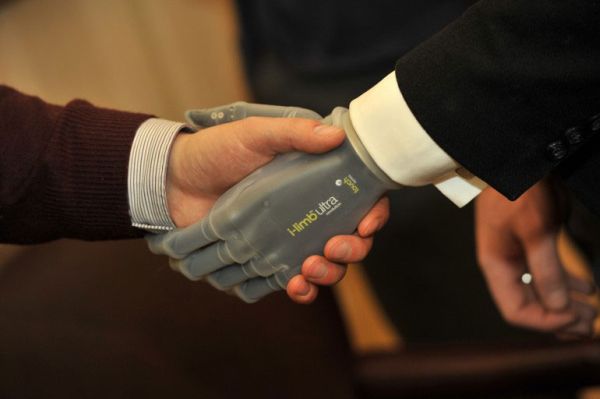
Prosthetic Hands:
Present prosthetic hands only help to grasp something and assist the body in balancing properly but they lack any form on touch sensation. Now prosthetic hands are being developed which will be able to send signals to the brain and allow these hand to feel what they touch.
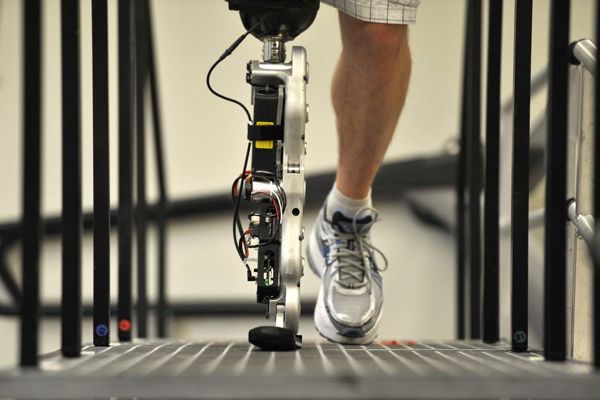
Bionic Legs:
It will now be possible to control bionic legs using our thoughts. However, there is still a lot of development is left since wrong signals can lead to someone jumping out from a building. In preliminary test, these bionic legs have been quite successful and researchers were able to climb up 103 floors of a skyscraper.
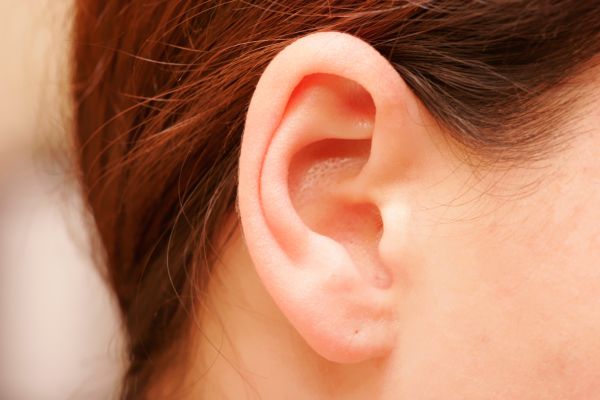
3-D Ears:
Many would think that it would be quite an easy task to replicate the earflaps but health professionals actually have never been able to do it correctly. Now technology has been developed using which realistic ears can be created by use of actual cells. These cells are made into a collagen gel, which can take any shape when put into a mold. The human ear mold is created with the help of 3-D printing and the ear forms from this gel within 1 hour. These ears will be quite useful for people who had injuries as well as for those suffering from microtia in which ears do not develop.
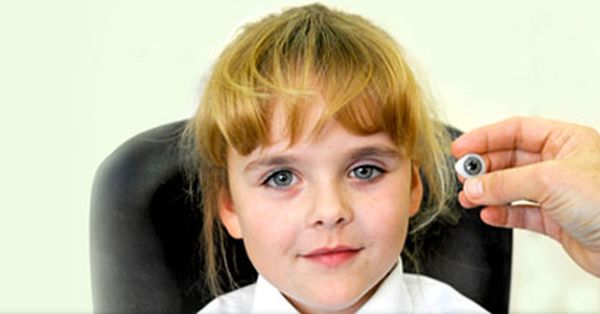
Artificial Eyes:
Creating artificial eyesight is a difficult task but recently major positive steps have been taken in this regard. Scientists have created artificial retina and the chip in it is able to convert images into signals just as it occurs in a normal retina.
Summary
These advancements in medical field are ground breaking and will help us to live a better life by regaining our physical features after any accident or disease.



